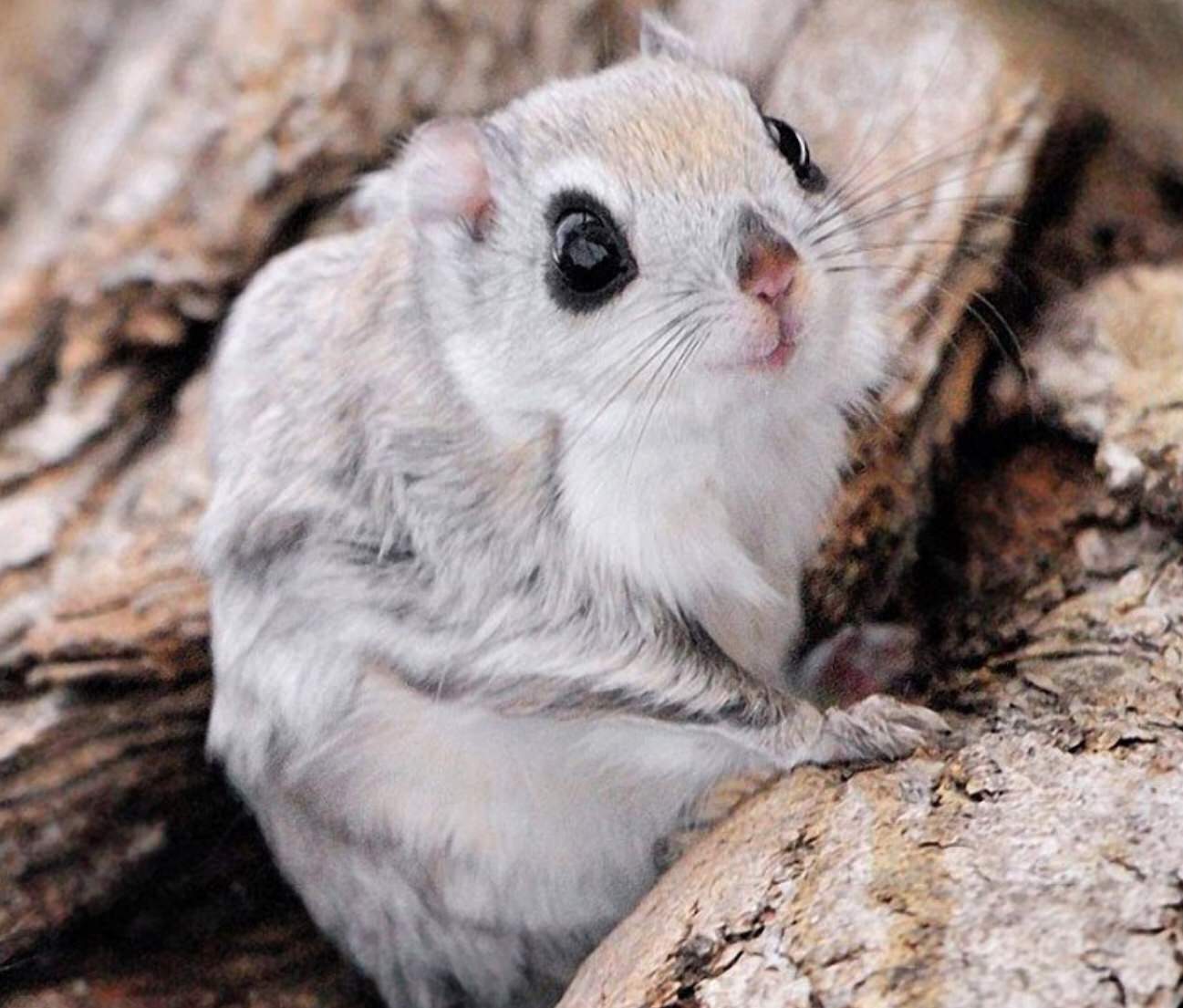

It uses slight movements of the legs to steer, and the tail acts as a brake upon reaching its destination. When a flying squirrel wants to travel to another tree without touching the ground, it launches itself from a high branch and spreads out its limbs so the gliding membrane is exposed. Identification: Flying squirrels have soft, gray-brown fur on the back and sides, with white underparts, a flattened tail and large, dark eyes for night vision. 6 hr Flying Squirrel Fast-Track engagements.
/Northern-Fly-Squirrel-58dadae35f9b584683b95885.jpg)
Exploration of mental models, thinking and actions to create alignment and deliver results. They have a special membrane between their front and back legs that allows them to glide through the air between trees. Individual and team coaching to increase awareness, clarity and effectiveness. Northern flying squirrels are 10 to 12 inches long.įlying squirrels might more appropriately be called “gliding squirrels” because they aren’t capable of true powered flight that a bird or a bat can do.
Flying squirrel skin#
They stretch out their legs, spreading the fold of skin between the front and hind legs, to form a kind of parachute that lets them glide from branch to branch. Despite their name, flying squirrels actually glide instead of fly. The southern species is smaller, about 8 to 10 inches in length. Flying squirrels are small tree squirrels. Size is another way to tell northern and southern flying squirrels apart. They are both gray-brown, but the northern flying squirrel has belly fur that is gray at the base, and for the southern flying squirrel the belly fur is all white. Northern flying squirrels ( Glaucomys sabrinus) and southern flying squirrels ( Glaucomys volans) are the only two native flying squirrel species found in North America.


 0 kommentar(er)
0 kommentar(er)
